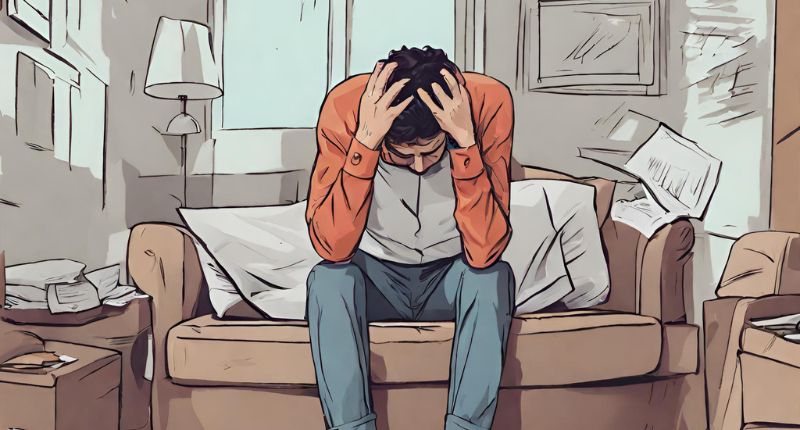
- 75% of WA's residents perceive renting unfavorably, underscoring rental pain.
- Diversified housing key to increasing supply.
- Spotlight on the Government as tax reform becomes a focal point.
Most Australians think that it is the worst time to rent. A recent SEC Newgate survey, commissioned by Property Council WA, revealed that 75% of residents believed it was an unfavourable time to rent.
Good or bad time to do the following (% Western Australia)

Residential market needs to diversify
On the other hand, 20% of survey respondents did not have a view either way, while 5% thought it was a good time to rent.
These findings were disclosed at Thursday’s Property Council WA Annual Property Outlook Lunch, underscoring the State’s pervasive rental challenges.
Property Council WA’s interim executive director, Emily Young, said the long-running rental woes illustrate a pressing need to untangle the rental market’s dependence on mum-and-dad investors.
“Now is the time to significantly increase the construction of rental product projects, such as dedicated student accommodation and built-to-rent apartments,” Young said.
“The tight rental conditions are well known to West Australians, but his polling is just another sign of how hard it is for renters in Western Australia at the moment.”
Indeed, SQM Research placed WA’s rental vacancy rate at a paltry 0.4%, the lowest of any Australian capital city, and a sliver of the 2.5% to 3.5% vacancy rate typical of a balanced rental market.
Perth residential vacancy rates
High rents and listing deficiencies have become staples of the Perth experience. While some argue that the intensifying out-of-state private investor activity in Perth has been a good thing, injecting fresh supply into the rental market, this may worsen things in the short term.
As most private investors have been buying established homes due to the current unfeasibility of constructing new ones, prices are skyrocketing, causing the state’s already limited supply of dwellings to collapse further.
Perth total property listings
Using alternative housing models to absorb demand
Hence, institutional investors have recently been spotlighted regarding how they can shore up the country’s flailing housing supply through alternative housing models such as student accommodation, build-to-rent, and co-living.
“Making more homes available to renters will inevitably have a positive flow-on effect for buyers by freeing up existing housing stock,” Young added.
“We need to be focused on supply. Every new home, regardless of price point, will help ease pressure in WA’s housing market.”
“Maintaining a firm focus on bringing more homes into the market will be crucial to reigning in other financial pressures that West Australians are feeling.”
Emily Young, Property Council WA
All eyes on the Albanese Government
Also in attendance at the Annual Property Outlook Lunch was Scyne Advisory’s chief economist, Amy Auster, who said that the Federal Government need to take a bigger role in tackling the housing crisis.
“It is going to have to come through other policy settings from the Federal Government, through tax reform, through planning reform, that we can get our housing market going again,” she said.
“The lack of housing supply is actually one of the major factors that is contributing to the supply side issue of inflation.”
Indeed, a hotly contested tax issue of late has been negative gearing and the Capital Tax Gain (CGT) discounts afforded to Australia’s property investors.
Proponents of limiting property tax relief argue that it has allowed wealthy individuals to receive government “handouts” that otherwise could be used to fund public housing.
On the other hand, supporters of the status quo argue that restricting or scrapping property tax concessions will worsen the housing crisis by causing an exodus of investors.







